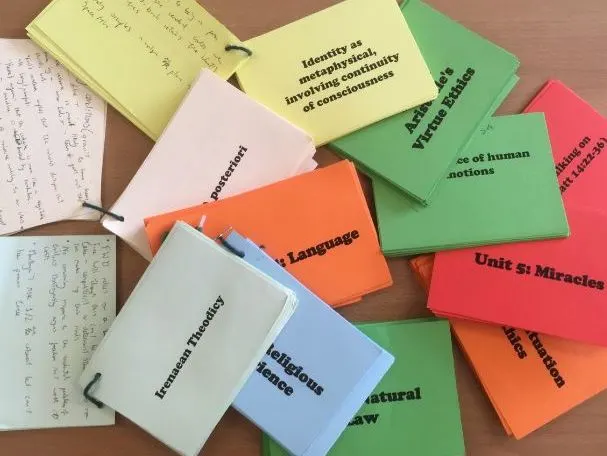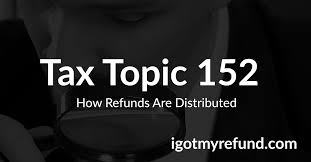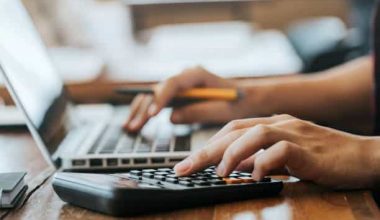Students constantly look for effective and valuable study strategies in their immediate educational environment, where information overload is the norm. Among these, they seek to know the principles behind how to make effective flashcards and ways they can adapt them to their learning styles to make the most of this method.
The modest flashcard is a flexible and integral asset for learning and maintenance. Their longevity demonstrates their usefulness in enhancing memory and comprehension.
However, creating flashcards that truly enhance learning requires more than jotting down a few facts on paper.
Hence, this article will dive into the specialty of making flashcards that go beyond mere memorization and lead to meaningful understanding and knowledge retention.
Table of contents
What is a Flashcard?
A flashcard is a small paper or card typically used for studying and learning. It usually contains a question, prompt, or term on one side and its corresponding answer or information on the other. Flashcards facilitate active learning and memory retention by encouraging users to recall information based on the cues provided actively.
Flashcards are widely used as an educational tool to aid in memorization, understanding, and reviewing various subjects, including vocabulary, definitions, equations, historical events, scientific concepts, and more.
They are trendy among students and educators as a method to break down complex information into manageable chunks, making it easier to study and remember.
See this: When Do Year 11s Officially Finish School? School Year FAQs
Can I Use Flashcards in the Classroom?
Flashcards can be a valuable and versatile tool in the classroom. Both teachers and students can use them to enhance the learning experience in various ways.
Here are some ways you can effectively use flashcards in the classroom:
Introduction of Concepts
Teachers can use flashcards to introduce new concepts. Displaying a question or term on one side and asking students to provide the answer or explanation encourages active participation.
Flashcards can also be used for quick reviews at the beginning or end of a class to recap important points.
Vocabulary Building
Flashcards are excellent for learning new vocabulary words. Teachers can create flashcards with a word on one side and its definition, synonyms, or usage on the other. Students can then use these flashcards to reinforce their understanding of new words.
Interactive Quizzes
Turn your flashcards into interactive quizzes. Divide the class into teams or pairs and have them take turns asking and answering questions based on the flashcards. This fosters a competitive and engaging learning environment.
Group Activities
Incorporate flashcards into group activities or stations. Each group can receive a set of flashcards related to a topic and work together to discuss, answer, or explain the information on the cards.
Peer Teaching
Assign students to create their flashcards on a particular topic. This encourages them to synthesize information and present it concisely. They can then exchange flashcards with peers, promoting collaborative learning.
Test Preparation
Flashcards are highly effective for preparing for tests and exams. Please encourage students to create their flashcards summarizing key concepts, equations, dates, or formulas. This process itself aids in information retention.
Homework and Self-Study
Recommend flashcards as a self-study tool for students. They can create flashcards for subjects they find challenging or use them to revise before assessments.
Types of Flashcards
Flashcards come in various types, each catering to different learning styles and purposes. Here are some common types of flashcards:
- Traditional Paper Flashcards: These are the classic flashcards, comprising physical cards with a question or prompt on one side and the answer on the other. They can be easily carried around and used for quick review.
- Digital Flashcards: Digital flashcards have gained popularity due to technology. They often come with features like spaced repetition algorithms, making them efficient for memory retention.
- Image-Based Flashcards: These flashcards include images, diagrams, or charts on one side and relevant information or explanations on the other. They are handy for visual learners and subjects that involve visual elements.
- Vocabulary Flashcards: These are designed for language learning or building vocabulary. They include a word on one side and its translation, definition, or usage on the other.
- Concept Flashcards: Used to grasp abstract concepts, these flashcards focus on explaining complex ideas concisely. One side might present an image, while the other provides an explanation or example.
- Blank Flashcards: These versatile cards can be customized by students. They can be used for vocabulary, concept mapping, or brainstorming sessions.
Read this article: How To Use Mind Maps Effectively for Revision While Studying
How to Make Effective Flashcards That Actually Work
Creating effective flashcards is a skill that can enhance your learning and retention capabilities. To ensure that your flashcards truly work in aiding your studies, follow these steps:
- Condense Information: Flashcards are meant to be concise. Break down complex ideas, concepts, or terms into brief, digestible information. Focus on critical points that capture what you’re trying to learn.
- Use Prompts and Answers: Each flashcard should have a clear prompt or question on one side and the corresponding answer or information on the other. This prompts active recall, a powerful memory technique.
- Keep It Simple: Avoid lengthy sentences or paragraphs. Use bullet points, keywords, or short phrases to convey the information. The goal is to trigger your memory, not provide an in-depth explanation.
- Use Visual Aids: If applicable, include diagrams, color, images, or charts on your flashcards. Visual cues can help reinforce understanding and make the information more memorable.
- Stay Organized: Group similar concepts or topics together. This can help you organize your study sessions and prevent confusion.
- Incorporate Mnemonics: Mnemonics are memory aids that can make it easier to remember information. Create acronyms, rhymes, or associations that help you recall key facts.
- Personalize Your Cards: Tailor your flashcards to your learning style. If you’re a visual learner, include images. If you learn better through spoken words, record audio prompts and answers.
- Update and Improve: As your understanding deepens, update your flashcards. If you find a card too easy or redundant, change it to challenge yourself further. Similarly, discard cards you’ve mastered.
Read: What Are The Best Places To Study At Carnegie Mellon?
Pros and Cons of Making Flashcards as a Student
Making flashcards can offer several benefits for students, but it also comes with some potential drawbacks. Let’s examine some below.
Pros
- Active Learning: Flashcards encourage active engagement with the material. Creating flashcards requires processing information and distilling it into concise prompts and answers.
- Memory Enhancement: Repeatedly reviewing flashcards reinforces memory through active recall. This is especially effective when combined with spaced repetition techniques.
- Portability: Whether physical or digital, flashcards are portable and can be used anywhere. This makes them ideal for quick review sessions during commutes, breaks, or downtime.
- Customization: Flashcards can be tailored to your learning style. You can design them with images, diagrams, mnemonics, or interactive elements to suit your preferences.
- Flexibility: Flashcards can be used for various subjects and topics, making them versatile across different disciplines.
- Quick Assessment: Self-quizzing with flashcards allows you to assess your understanding of the material. Immediate feedback helps you identify areas that need further review.
- Consolidation of Knowledge: Flashcards promote the unification of knowledge, helping you connect related concepts and see the bigger picture.
Cons
- Oversimplification: While brevity is vital, oversimplifying complex concepts on flashcards might lead to shallow understanding if not supplemented with further study.
- Lack of Context: Flashcards often focus on isolated facts or concepts, which may lack the contextual information needed for deep comprehension.
- Time-Consuming: Creating a comprehensive set of flashcards can be time-consuming, especially for subjects with a large amount of information.
- Overreliance: Depending solely on flashcards might result in a narrow approach to learning. They should be part of a broader study strategy that includes varied techniques.
- Limited Application: Flashcards are most effective for memorization and recall-based learning. They may not be as effective for complex problem-solving or critical-thinking tasks.
- Resistance to Change: Once you’ve created a set of flashcards, you might be hesitant to update or revise them, even if your understanding evolves.
- Risk of Repetition: Overusing flashcards without incorporating other study methods could lead to monotony, potentially hindering your motivation.
Also read this article: Successful Good Excuse for Academic Appeal Letter Samples
FAQs on How to Make Effective Flashcards
Yes, well-prepared flashcards can boost your confidence by aiding memory recall and reducing anxiety associated with forgetting important information.
Regular self-quizzing, tracking your progress, and observing how well you can recall information during study sessions are good indicators.
Sharing flashcards can be helpful, but ensuring the information is accurate is important. Collaborating on creating flashcards can be a great study group activity.
Regular reviews are crucial. Aim for daily or weekly sessions, increasing intervals as you become more comfortable with the material.
Flashcards can be used for equations, formulas, definitions, and even problem-solving steps.
Conclusion
Making effective flashcards is an art that requires thoughtful consideration and strategic planning. By condensing complex information, using clear prompts and answers, and tailoring the cards to your learning style, you create a foundation for success.
Through consistent practice, adaptability, and a commitment to meaningful learning, you can harness flashcards’ true potential and elevate your academic journey.
References
- Logopsycom.com – Flashcards: A tool to facilitate learning
- Collegeinfogeek.com – 8 Better Ways to Make and Study Flash Cards
- Thinkstudent.co.uk – How To Make Effective Flashcards (That Actually Work)
Recommendations
- Top 10 Grammar Schools in the UK | Full Review
- Is University Higher Education or Further Education in UK?
- What is the Mandatory Minimum Attendance for University in UK?
- Online Math Tutors in 2024: 17 Best Online Math Tutoring Services
- When Do University Starts in UK? University Terms and Academic Calendar 2024-2025





